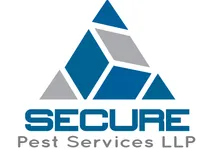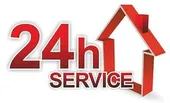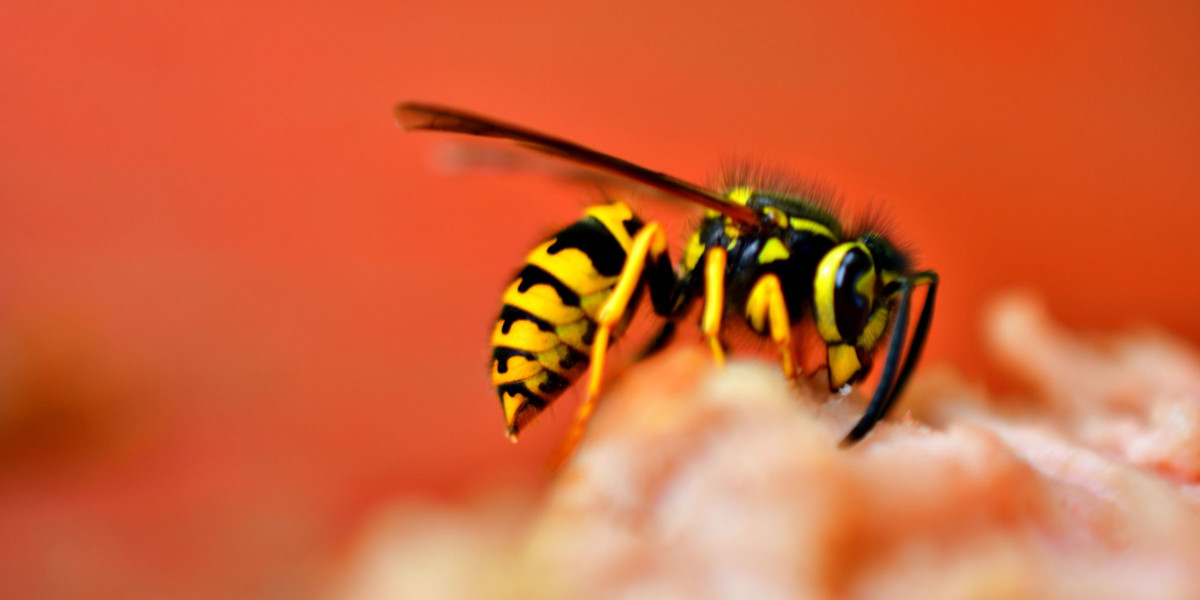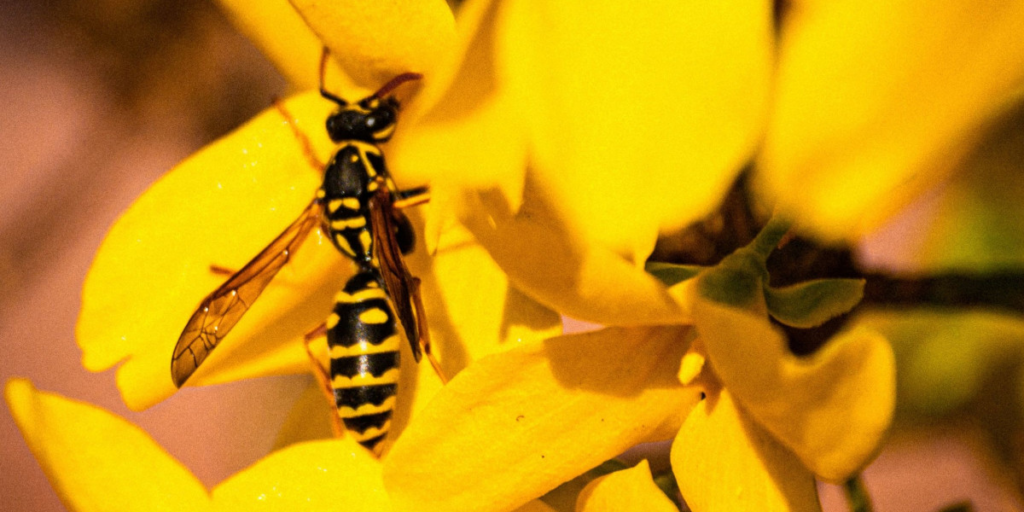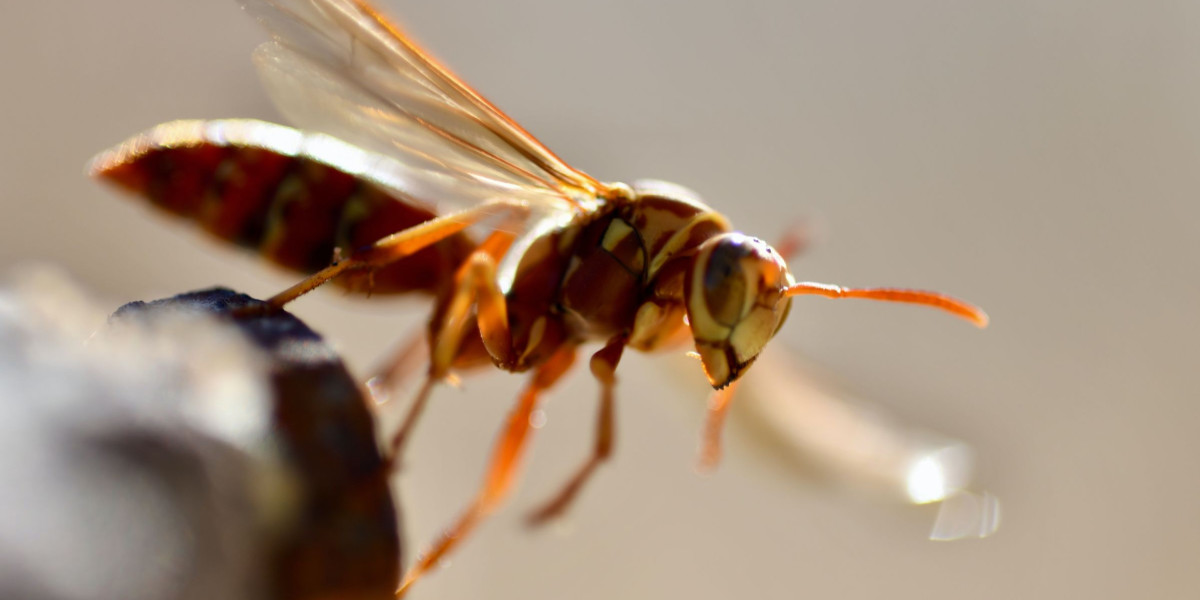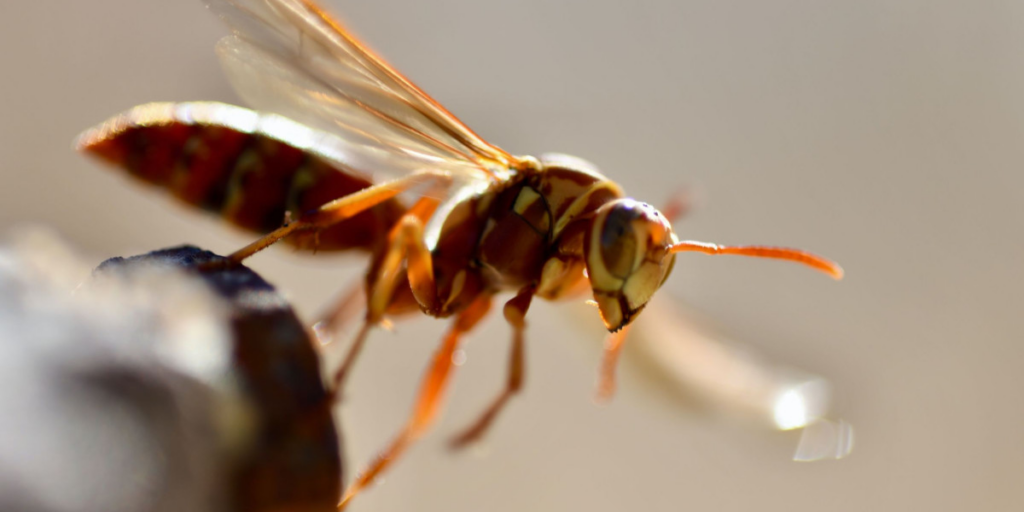Flea Pest Control: Top 7 Tips for Homes and Businesses
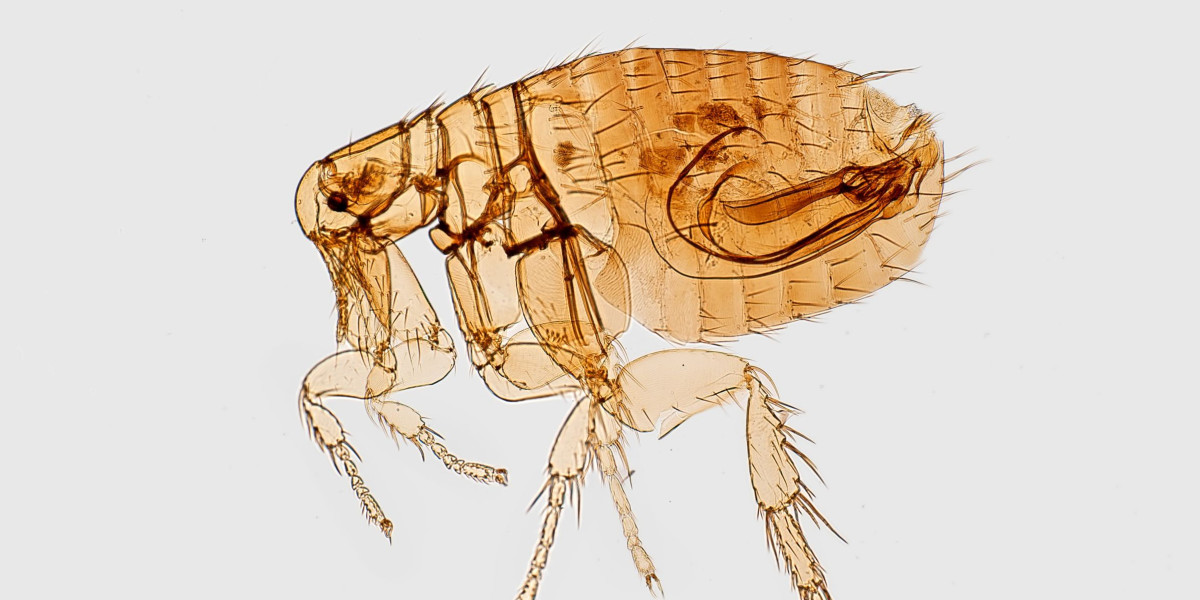
Fleas are a common pest problem that can affect both homes and businesses. These tiny, blood-sucking insects not only cause discomfort to our pets but can also spread diseases.
Controlling fleas requires a comprehensive approach that targets both pets and your environment. We’ll provide you with valuable tips on flea pest control for homes and businesses, along with practical advice on how to effectively prevent and treat flea infestations in this blog post.
Signs of a Flea Infestation
Identifying the signs of a flea infestation is crucial for early detection and control. Some common signs include pets itching and scratching, the presence of small, dark-colored insects in your pet’s fur, red and itchy bites on human skin, and the presence of flea dirt (small black specks) on pet bedding or furniture.
If you notice any of these signs, it’s time to take immediate action to prevent the infestation from spreading. By addressing the infestation from all applicable angles, you maximize your chances of successfully eliminating the fleas and preventing future infestations.

4 Effective Flea Control Methods
Implementing proven control methods can help you get rid of fleas. Here are five of the most effective:
- Treating pets for fleas is the first step in flea control. By using veterinarian-recommended flea treatments and inspecting your pets for fleas regularly, you can eliminate adult fleas and prevent re-infestations. This is especially true if you have different kinds of pets, such as two cats and one dog. Following the instructions provided by your veterinarian is critical to ensure the safety and effectiveness of the flea treatment.
- Vacuuming the home daily is another effective method to eliminate fleas. Fleas and their eggs can be present in carpets, furniture, and cracks in the floor. By vacuuming these areas regularly, you can remove adult fleas, eggs, and larvae, significantly reducing the flea population in your home. Remember to dispose of the vacuum bag or empty the canister after each use to prevent re-infestations.
- Sealing cracks and cleaning pet bedding on a regular basis are additional steps you can take to prevent flea infestations. Fleas can hide in cracks and crevices, so sealing any openings in floors, walls, or furniture can help eliminate their hiding spots. Regularly cleaning and washing your pet’s bedding can also help remove fleas and their eggs.
- Treating your yard with pesticides is also useful to prevent fleas from entering your home. Fleas can be present in the outdoor environment and can easily hitch a ride on your pets or on you. Use pet-safe pesticides specifically designed for flea control and focus on areas where your pets spend time, such as shady spots and under decks or trees.
In some cases, DIY methods may not be enough to control a severe flea infestation. This is when our pest control services are your answer. Book your service now or call us with any questions you may have.
2 Natural Remedies for Flea Prevention
If you prefer natural methods for flea prevention, there are a few options you can try. Check out these two:
- Specific essential oils, such as lavender, eucalyptus, and lemon, contain strong flea-repelling scents. You can mix a few drops of the oil with water and spray it on your pet’s bedding or around your home to repel fleas. Additionally, diluted vinegar can be sprayed on pet bedding and furniture to repel fleas.
- Maintaining cleanliness in your yard is equally important. Fleas can hide in debris and overgrown vegetation, so regularly removing leaves, grass clippings, and other debris can help prevent flea infestations.
By taking these natural preventive measures, including those against occasional invaders, you can reduce the likelihood of flea infestations and minimize the use of artificially made products.
Professional Flea Pest Control Services
While DIY methods and natural remedies can be effective to some extent, severe flea infestations often require professional intervention. Professional flea extermination services offer several benefits, including years of expertise in dealing with flea infestations, the availability of prevention plans to avoid future infestations, and the use of safe and effective methods to eliminate fleas.
Our team understands the behavior of fleas and can provide targeted solutions for eradication. We also have access to professional-grade products that may be more effective than over-the-counter options.
Preparing for Flea Control Service
If you decide to hire professional flea control services, it’s necessary to prepare your home and pets for the treatment. Before your service appointment takes place, pest control providers will provide you with a list of preparation activities to complete, including but not limited to:
- Washing pet bedding
- Vacuuming floors and furniture
- Covering fish tanks
- Picking up items from the floor
- Washing bed linens
- Covering or storing open food products
- Leaving your home or business during treatment to avoid exposure to chemicals
It’s important to follow these instructions carefully to ensure the success of the treatment. It’s also advisable to take pets to be treated for fleas by a veterinarian during this time. This ensures their safety and prevents them from being re-infested after the treatment.
3 Steps to Take After Flea Treatment
Once the flea treatment is done, there are a few important considerations to keep in mind. These steps will ensure that the treatment is as effective as possible and that you and your pets can safely return to your home:
- Air out your workplace or home after the treatment before allowing sensitive individuals or vulnerable pets back in. This helps ensure that any residual chemicals disperse and reduces the risk of exposure. Opening windows and doors and using fans to circulate fresh air can help speed up the process.
- Cleaning carpets or floors immediately after flea treatment is generally not recommended. It’s best to wait for at least two weeks before cleaning carpets or floors. This allows the treatment to fully take effect and ensures that any remaining fleas or eggs are eliminated.
- Remember to turn back on the air system and relight a pilot light if necessary. These steps will help restore normal conditions in your home and ensure that everything is functioning properly.
Next Steps
By following these flea control tips, you can create a flea-free environment and protect your loved ones from the discomfort and potential health risks associated with flea infestations. Need professional help? Book your service here or message our team and we’ll get back to you promptly.

